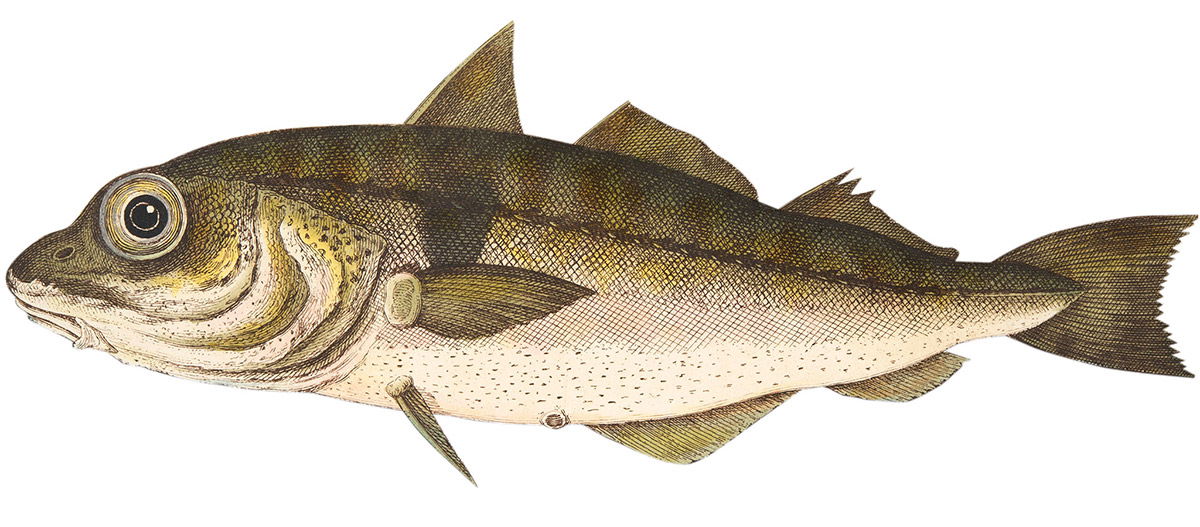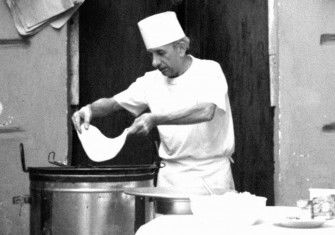Kedgeree
The long, often troubled relationship between Britain and India has led to some extraordinary cross-cultural innovations in cuisine.

As a dish is handed down the generations, passed between cultures, or shipped abroad, its recipe is re-inscribed by all those who eat it. At first, the differences might seem small, but, over time, it can change out of all recognition. New ingredients are substituted for old, new methods of preparation are adopted and, every now and then, new names are bestowed. But while the accretion of such alterations may obscure the original, each new ‘layer’ tells us something about a different group of consumers: their tastes, their economy, their language and, most importantly, their relationship with those from whom they adopted the dish in question.







